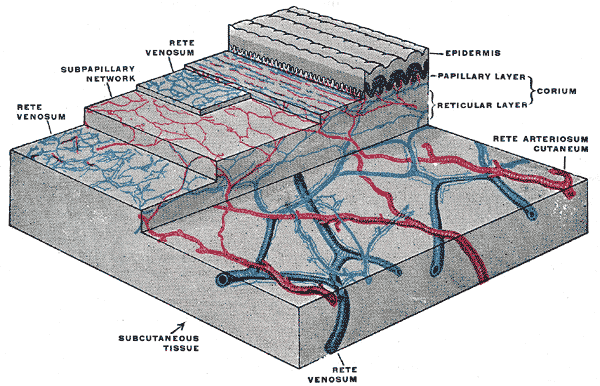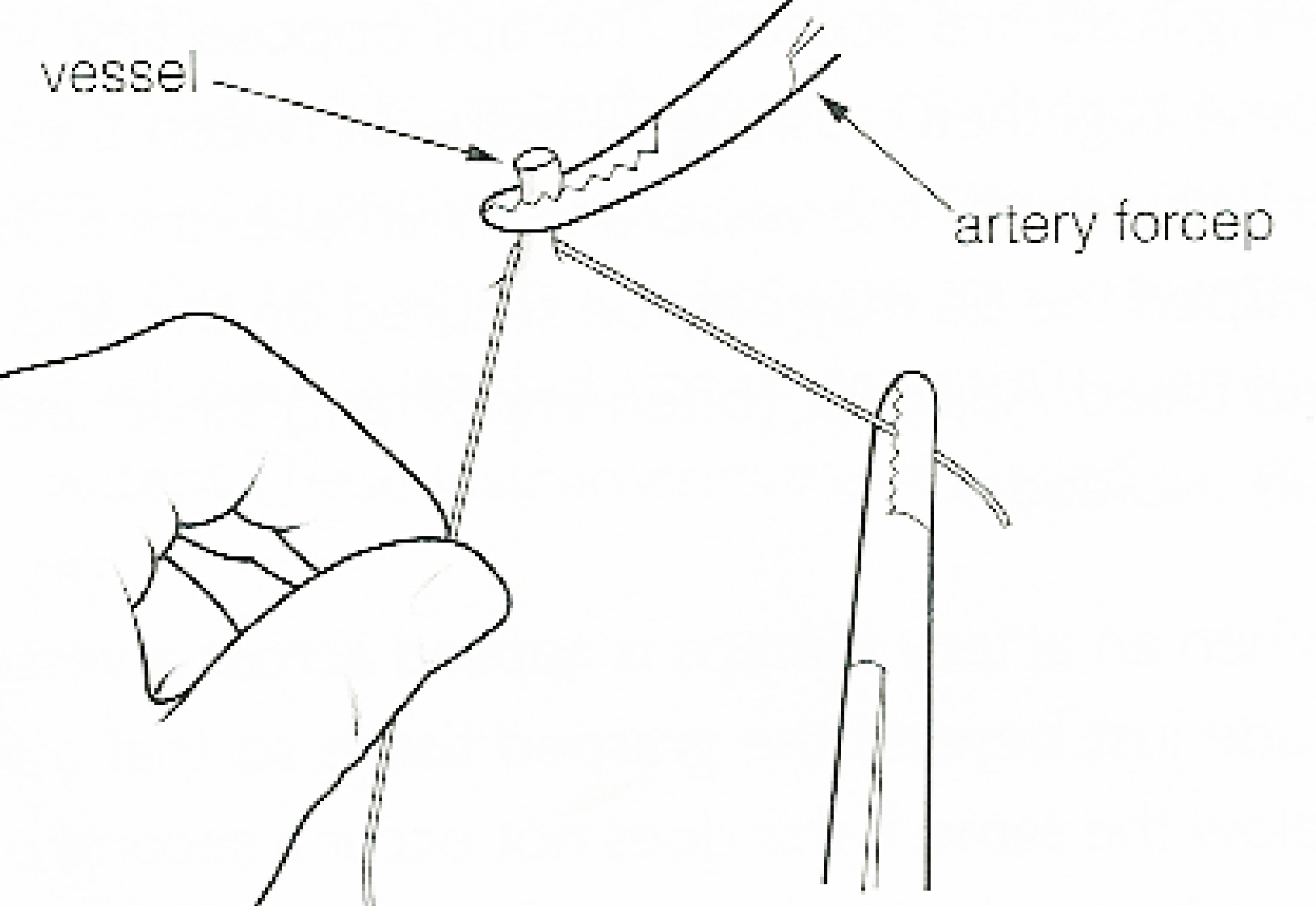|
Germanicus Mirault
Germanicus Mirault was a French surgeon who pioneered cleft lip surgery. Early life Germanicus Mirault was born in Angers on either 29 February or 1 March 1796 (1796 was a leap year). His father and grandfather were also surgeons, with his father specialising in ophthalmology. Education Mirault first began studying medicine under his father in 1814. Moving to Paris to continue his studies, he presented his thesis in 1823 on keratitis. Medical career Together with Joseph-François Malgaigne, Mirault introduced flap transposition for cleft-lip closure.Mirault G. Deux lettres sur l'operation du bec-delievre. J Chir. 1844;2:257. In 1935, this work was championed by Victor Veau, who stated "Mirault is the genius of cleft lip surgery".Veau V. Bec de Lievre. Hypothese sur la malformation initiale. Ann Anat Pathol Paris. 1935;12:389. He made other key contributions to maxillofacial surgical procedures, including the first ligature of a human lingual artery in 1833 and pioneering a ... [...More Info...] [...Related Items...] OR: [Wikipedia] [Google] [Baidu] |
Angers
Angers (, , ) is a city in western France, about southwest of Paris. It is the prefecture of the Maine-et-Loire department and was the capital of the province of Anjou until the French Revolution. The inhabitants of both the city and the province are called ''Angevins'' or, more rarely, ''Angeriens''. Angers proper covers and has a population of 154,508 inhabitants, while around 432,900 live in its metropolitan area (''aire d'attraction''). The Angers Loire Métropole is made up of 29 communes covering with 299,500 inhabitants (2018).Comparateur de territoire INSEE Not including the broader metropolitan area, Angers is the third most populous |
Flap (surgery)
Flap surgery is a technique in plastic and reconstructive surgery where any type of tissue is lifted from a donor site and moved to a recipient site with an intact blood supply. This is distinct from a graft, which does not have an intact blood supply and therefore relies on growth of new blood vessels. This is done to fill a defect such as a wound resulting from injury or surgery when the remaining tissue is unable to support a graft, or to rebuild more complex anatomic structures such as breast or jaw. Uses Flap surgery is a technique essential to plastic and reconstructive Surgery. A flap is defined as a tissue that can be moved to another site and has its own blood supply. This is in comparison to a skin graft which does not have its own blood supply and relies on vascularization from the recipient site. Flaps have many uses in wound healing and are used when wounds are large, complex, or need tissue and bulk for successful closure. Common uses: * Abdominal wall recons ... [...More Info...] [...Related Items...] OR: [Wikipedia] [Google] [Baidu] |
People From Angers
A person ( : people) is a being that has certain capacities or attributes such as reason, morality, consciousness or self-consciousness, and being a part of a culturally established form of social relations such as kinship, ownership of property, or legal responsibility. The defining features of personhood and, consequently, what makes a person count as a person, differ widely among cultures and contexts. In addition to the question of personhood, of what makes a being count as a person to begin with, there are further questions about personal identity and self: both about what makes any particular person that particular person instead of another, and about what makes a person at one time the same person as they were or will be at another time despite any intervening changes. The plural form "people" is often used to refer to an entire nation or ethnic group (as in "a people"), and this was the original meaning of the word; it subsequently acquired its use as a plural form of pe ... [...More Info...] [...Related Items...] OR: [Wikipedia] [Google] [Baidu] |
French Surgeons
French (french: français(e), link=no) may refer to: * Something of, from, or related to France ** French language, which originated in France, and its various dialects and accents ** French people, a nation and ethnic group identified with France ** French cuisine, cooking traditions and practices Fortnite French places Arts and media * The French (band), a British rock band * "French" (episode), a live-action episode of ''The Super Mario Bros. Super Show!'' * ''Française'' (film), 2008 * French Stewart (born 1964), American actor Other uses * French (surname), a surname (including a list of people with the name) * French (tunic), a particular type of military jacket or tunic used in the Russian Empire and Soviet Union * French's, an American brand of mustard condiment * French catheter scale, a unit of measurement of diameter * French Defence, a chess opening * French kiss, a type of kiss involving the tongue See also * France (other) * Franch, a surname * French ... [...More Info...] [...Related Items...] OR: [Wikipedia] [Google] [Baidu] |
Académie Des Sciences
The French Academy of Sciences (French: ''Académie des sciences'') is a learned society, founded in 1666 by Louis XIV at the suggestion of Jean-Baptiste Colbert, to encourage and protect the spirit of French scientific research. It was at the forefront of scientific developments in Europe in the 17th and 18th centuries, and is one of the earliest Academies of Sciences. Currently headed by Patrick Flandrin (President of the Academy), it is one of the five Academies of the Institut de France. History The Academy of Sciences traces its origin to Colbert's plan to create a general academy. He chose a small group of scholars who met on 22 December 1666 in the King's library, near the present-day Bibliothèque Nationals, and thereafter held twice-weekly working meetings there in the two rooms assigned to the group. The first 30 years of the Academy's existence were relatively informal, since no statutes had as yet been laid down for the institution. In contrast to its British ... [...More Info...] [...Related Items...] OR: [Wikipedia] [Google] [Baidu] |
Ectropion
Ectropion is a medical condition in which the lower eyelid turns outwards. It is one of the notable aspects of newborns exhibiting congenital Harlequin-type ichthyosis, but ectropion can occur due to any weakening of tissue of the lower eyelid. The condition can be repaired surgically. Ectropion is also found in dogs as a genetic disorder in certain breeds. Causes *Congenital *Aging *Scarring *Mechanical *Allergic * Facial nerve palsy *Anti-cancer treatments such as erlotinib, cetuximab, and panitumumab, which block the function of EGFR (the epidermal growth factor receptor). Diagnosis Ectropion can usually be diagnosed with a routine eye exam and physical. The eyelid's muscle tone and tightness can be assessed by pulling gently on the eyelid. Ectropion in dogs Ectropion in dogs usually involves the lower eyelid. Often the condition has no symptoms, but tearing and conjunctivitis may be seen. Breeds associated with ectropion include the Cocker Spaniel, the Saint Bernard, the ... [...More Info...] [...Related Items...] OR: [Wikipedia] [Google] [Baidu] |
Lingual Artery
The lingual artery arises from the external carotid artery between the superior thyroid artery and facial artery. It can be located easily in the tongue. Structure The lingual artery first branches off from the external carotid artery. It runs obliquely upward and medially to the greater horns of the hyoid bone. It then curves downward and forward, forming a loop which is crossed by the hypoglossal nerve. It then passes beneath the digastric muscle and stylohyoid muscle running horizontally forward, beneath the hyoglossus. This takes it through the sublingual space. Finally, ascending almost perpendicularly to the tongue, it turns forward on its lower surface as far as the tip of the tongue, now called the deep lingual artery (profunda linguae). Branches The lingual artery gives 4 main branches: the deep lingual artery, the sublingual artery, the suprahyoid branch, and the dorsal lingual branch. Deep lingual artery The deep lingual artery (or ranine artery) is the terminal p ... [...More Info...] [...Related Items...] OR: [Wikipedia] [Google] [Baidu] |
Ligature (medicine)
In surgery or medical procedure, a ligature consists of a piece of thread ( suture) tied around an anatomical structure, usually a blood vessel or another hollow structure (e.g. urethra) to shut it off. History The principle of ligation is attributed to Hippocrates and Galen. In ancient Rome, ligatures were used to treat hemorrhoids. The concept of a ligature was reintroduced some 1,500 years later by Ambroise Paré, and finally it found its modern use in 1870–80, made popular by Jules-Émile Péan. Procedure With a blood vessel the surgeon will clamp the vessel perpendicular to the axis of the artery or vein with a hemostat, then secure it by ligating it; i.e. using a piece of suture around it before dividing the structure and releasing the hemostat. It is different from a tourniquet in that the tourniquet will not be secured by knots and it can therefore be released/tightened at will. Ligature is one of the remedies to treat skin tag, or acrochorda. It is done by tying str ... [...More Info...] [...Related Items...] OR: [Wikipedia] [Google] [Baidu] |
Joseph-François Malgaigne
Joseph-François Malgaigne (14 February 1806 – 17 October 1865) was a French surgeon and medical historian born in Charmes-sur-Moselle, Vosges. He studied medicine in Paris, and was later a surgeon of Parisian hospitals, including Hôpitals Saint-Louis, Charité and Beaujon. At the Hôpital Saint-Louis he was a colleague of Auguste Nélaton (1807-1873). Malgaigne was father-in-law to surgeon Léon Clément Le Fort (1829-1893). In 1846 he became a member of the Académie de Médecine. Malgaigne is known for his work with bone fractures and dislocations, specializing in orthopedic surgery of the knee, hip and shoulder. In 1834 he published ''Manuel de medecine operatoire'', an influential work on surgical techniques. This book was later translated into several languages. In 1843 Malgaigne, together with Germanicus Mirault designed a flap transposition procedure to close cleft lips.Mirault G. Deux lettres sur l'operation du bec-delievre. J Chir. 1844;2:257. As an advocate ... [...More Info...] [...Related Items...] OR: [Wikipedia] [Google] [Baidu] |
France
France (), officially the French Republic ( ), is a country primarily located in Western Europe. It also comprises of Overseas France, overseas regions and territories in the Americas and the Atlantic Ocean, Atlantic, Pacific Ocean, Pacific and Indian Oceans. Its Metropolitan France, metropolitan area extends from the Rhine to the Atlantic Ocean and from the Mediterranean Sea to the English Channel and the North Sea; overseas territories include French Guiana in South America, Saint Pierre and Miquelon in the North Atlantic, the French West Indies, and many islands in Oceania and the Indian Ocean. Due to its several coastal territories, France has the largest exclusive economic zone in the world. France borders Belgium, Luxembourg, Germany, Switzerland, Monaco, Italy, Andorra, and Spain in continental Europe, as well as the Kingdom of the Netherlands, Netherlands, Suriname, and Brazil in the Americas via its overseas territories in French Guiana and Saint Martin (island), ... [...More Info...] [...Related Items...] OR: [Wikipedia] [Google] [Baidu] |
Keratitis
Keratitis is a condition in which the eye's cornea, the clear dome on the front surface of the eye, becomes inflamed. The condition is often marked by moderate to intense pain and usually involves any of the following symptoms: pain, impaired eyesight, photophobia (light sensitivity), red eye and a 'gritty' sensation. Classification (by chronicity) Acute * Acute epithelial keratitis * Nummular keratitis * Interstitial keratitis * Disciform keratitis Chronic * Neurotrophic keratitis * Mucous plaque keratitis Classification (infective) Viral * Herpes simplex keratitis (dendritic keratitis). Viral infection of the cornea is often caused by the herpes simplex virus (HSV) which frequently leaves what is called a 'dendritic ulcer'. * Herpes zoster keratitis, associated with herpes zoster ophthalmicus, which is a form of shingles. Bacterial * Bacterial keratitis. Bacterial infection of the cornea can follow from an injury or from wearing contact lenses. The bacteria involved ... [...More Info...] [...Related Items...] OR: [Wikipedia] [Google] [Baidu] |


_1938.jpg)




